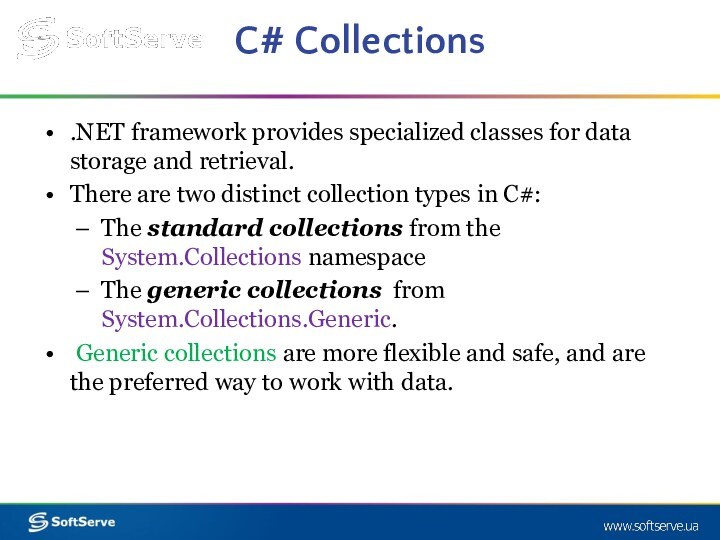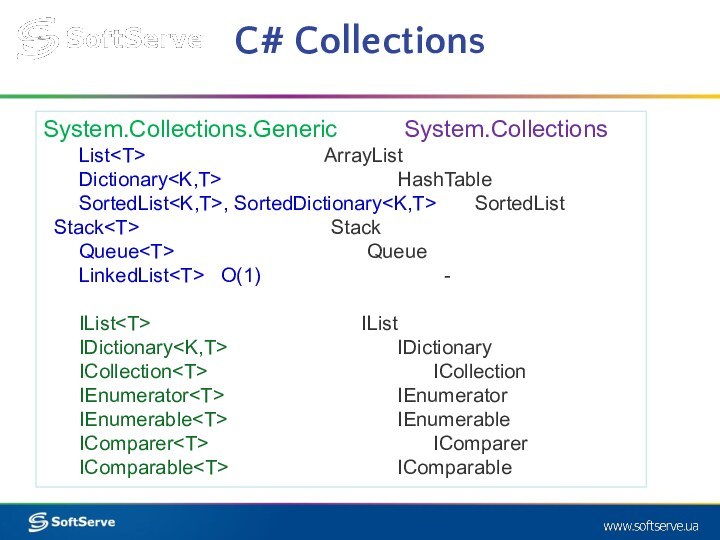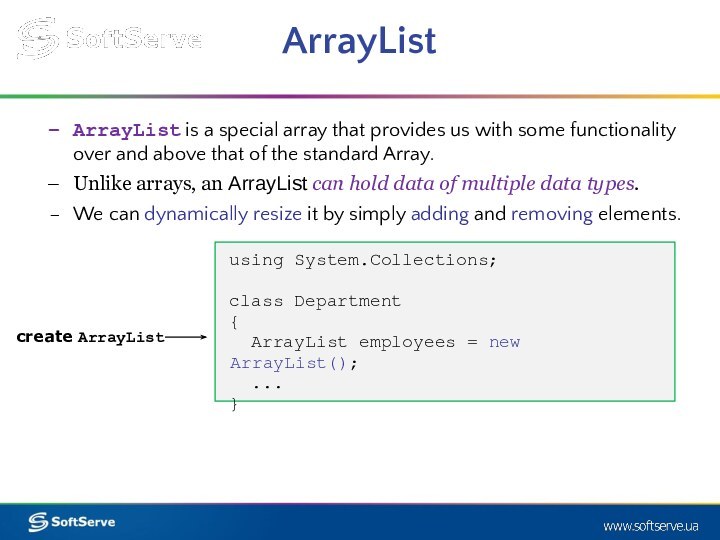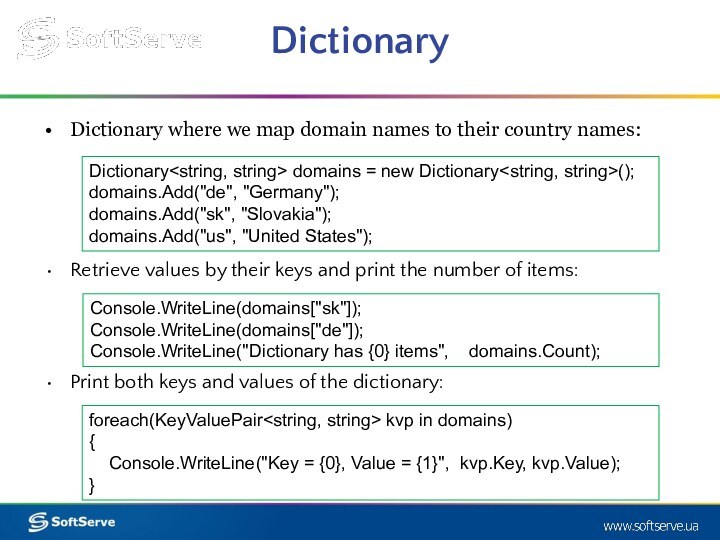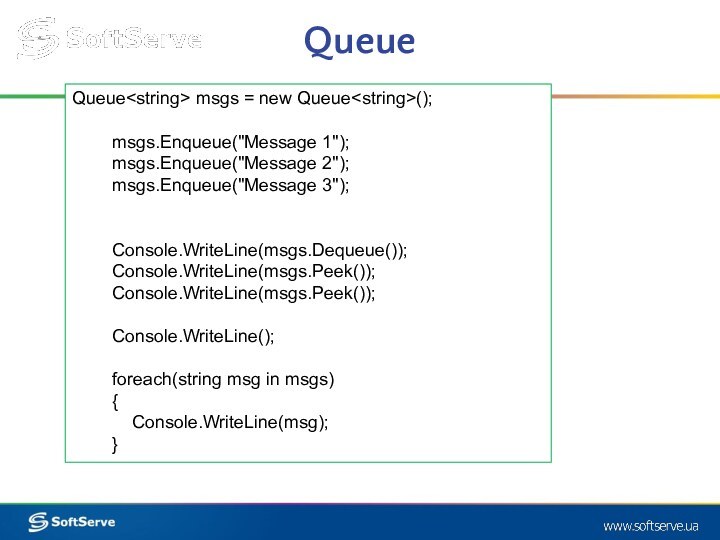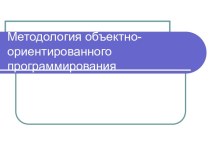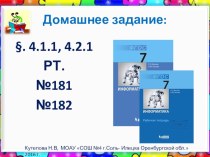listOfInterfaces opt
{
//declaration of interface members
}
Interface Includes
only declaration of method, properties, events, indexersInterface can't contain constants, fields, operators, instance constructors, destructors, or types.
Interface members are automatically public, and they can't include any access modifiers.
Interface members can't be static.
An interface contains definitions for a group of related functionalities that a class or a struct can implement



![Interfaces. C# Collections Interface declarationinterface IMyInterface{ void Process(int arg1, double arg2); float this [int index]](/img/tmb/15/1446332/2063a1005e3e19ffc73ce4ec8cfc9b7e-720x.jpg)







